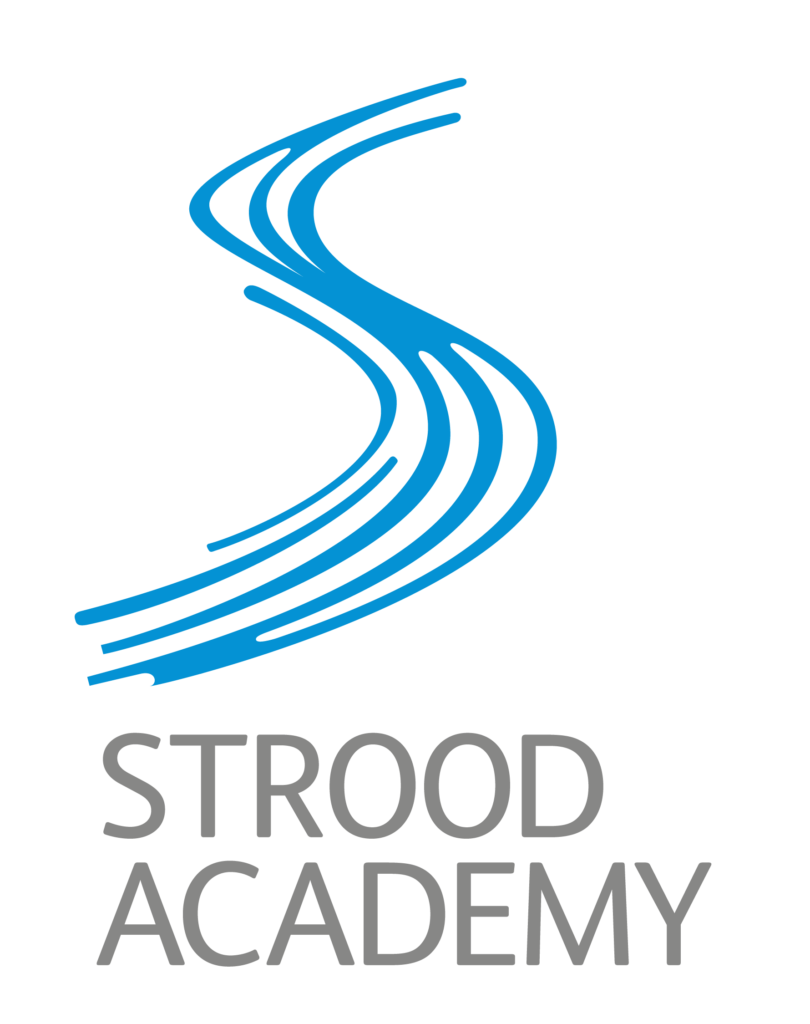- Introduction to Media Studies: Exploring the theoretical framework and key concepts
- Advertisements and Magazines: Exploring context, analysing media language and representations in the set advertisements (Quality Street 1956 and This Girl Can 2015) and magazines (GQ 2019 and Vogue 2021)
- Newspapers: Exploring context, analysing media language and representations in the set editions of The Sun (2021) and The Guardian (2022).
- Exploring industry and audience issues The Sun illustrates (ownership, regulation, distribution): Students will also study The Sun website, focusing on technological convergence and audience targeting.
- Film: Exploring context, analysing media language and representations in the set products (No Time To Die 2021 and The Man With The Golden Gun 1974).
- Learners will develop knowledge and understanding of key aspects of media industries, including ownership, funding, regulation, production, distribution and technology of the James Bond franchise. Learners will also study he 007 website: https://www.007.com/
- Video Games: Learners will have knowledge and understanding of Fortnite as a contemporary online game in terms of the relevant video games industry and audience issues it illustrates. In order to develop this awareness, learners will consider selected key pages from the Fortnite website, including the homepage and at least two other pages.
- Radio: Learners will have knowledge and understanding of The Archers as an evolving media product in terms of the relevant radio industry and audience issues it illustrates. To develop their learning audiences, learners will study one complete episode of The Archers (Helen and Rob) and The Archers website: https://www.bbc.co.uk/programmes/b006qpgr
Coursework
- Students will be given the brief for their non-exam assessment production. Students will be introduced to the briefs and spend two weeks researching and planning their coursework. Students will also have a lesson on plagiarism.
- Students will work on Photoshop to produce their film marketing products for the rest of the module.
Coursework and Mock Preparation:
- Students will continue to work on Photoshop to produce their film marketing products for the rest of the module. Students should have one completed product by the end of the module and a draft statement of aims.
- Students will have a mock exam during this module and should spend two weeks revising content for the mock.


